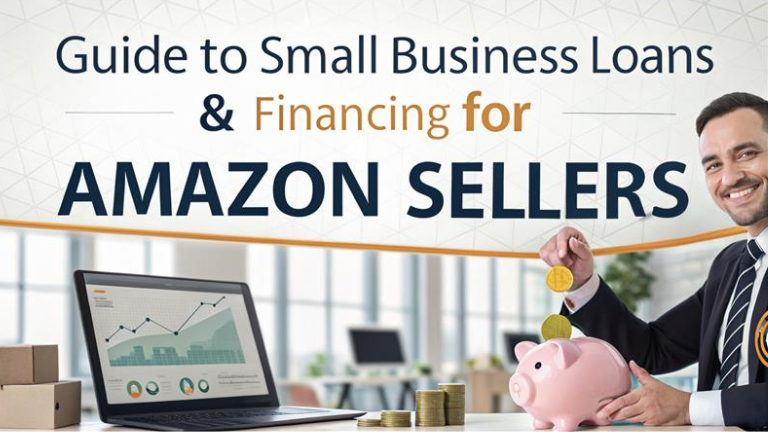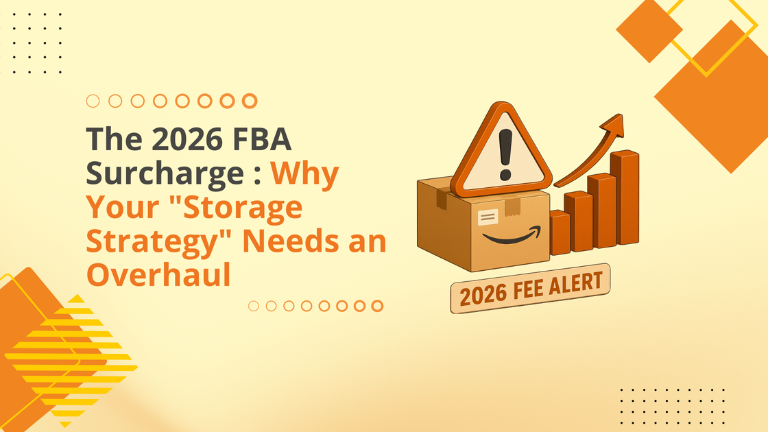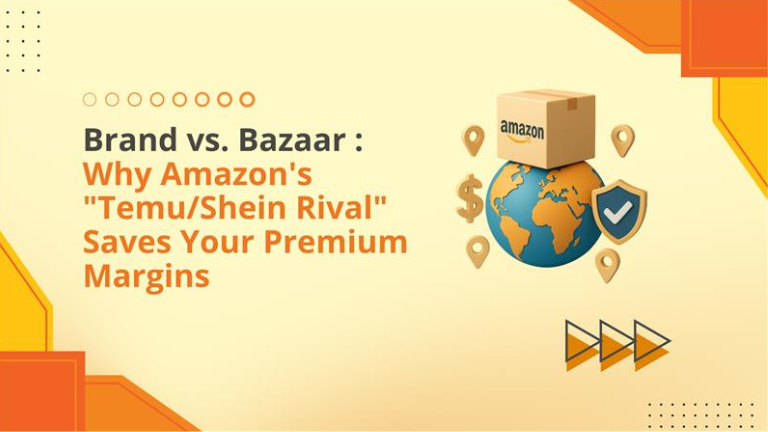For most Amazon brands, the constraint isn’t demand—it’s cash timing. Supplier deposits, freight, and ad spend land weeks before payouts. That’s why Amazon Lending invitations matter: they give eligible sellers access to third-party financing options directly inside Seller Central, with fast decisions and products built around ecommerce cash cycles. In this guide, we’ll demystify term loans, merchant cash advances, and lines of credit—and show how to plug funding into rank, inventory, and profit plans (not just approvals). What Is Amazon Lending?
Amazon Lending surfaces invitations in Seller Central that connect eligible sellers to third-party financing providers. You’ll see offer size, cost, and terms, then apply with the provider. Products commonly include term loans, merchant cash advances (MCA), and lines of credit (LOC).
Contents
The Three Common Products (and When to Use Each)
1) Term Loans
- What it is: Lump sum; fixed interest/cost; set term and monthly payment.
- Best for: Planned inventory waves, tooling, or multi-ASIN scale-ups with predictable payback windows.
- Examples: Lendistry (typically $10k–$250k; up to ~3-year terms); QuickBooks Capital term loans (for eligible QuickBooks Online customers); Uncapped term loans.
2) Merchant Cash Advance (MCA)
- What it is: Capital in exchange for a percentage of future sales + fixed capital cost (no interest). Payments flex with revenue.
- Best for: Seasonal or promo-driven brands wanting payment flexibility.
- Example: Parafin via Amazon Lending.
3) Line of Credit (LOC)
- What it is: Revolving limit—draw only what you need; pay interest on drawn balance; limit can grow with revenue.
- Best for: Rolling POs, bridging payouts, smoothing cash gaps.
- Example: Uncapped LOC for eligible Amazon sellers.
How to Get an Invitation
Maintain account health, steady sales, and strong customer metrics. Check Seller Central → Growth → Lending periodically; invitations appear there and via notifications.
Funding → Growth: The BIE Deployment Framework
- Unit Economics & Targets: Landed COGS, fees, breakeven ACOS/Target TACOS, and contribution margin per ASIN.
- Inventory Plan: Reorder points, lead-time buffers, and AWD/3PL mix to avoid stock-outs.
- Rank Plan: Allocate capital to rankable keywords and high-LTV ASINs; time promos/PPC to in-stock windows.
- Cash Discipline: Forecast payback per ASIN; track ROAS, margin, and cash-on-cash returns weekly.
- Risk Controls: Avoid over-ordering; set guardrails for promo spend; keep Account Health metrics green.
FAQs (Seller-Focused)
Q1. Is Amazon Lending still available?
A1. Yes—today it routes through third-party providers (e.g., Lendistry, Uncapped, Parafin, QuickBooks Capital) via invitations.
Q2. Is there a line of credit option?
A2. Yes—Uncapped offers an LOC to eligible sellers (interest on drawn balance; fixed rate).
Q3. What data is shared when I apply?
A3. You authorize Amazon to share your selling data with the provider as part of the streamlined application process. Review the provider’s terms before proceeding.
Q4. How fast are decisions/funding?
A4. Varies by provider and eligibility; some decisions are very fast after application and invitations may indicate timelines.
Next Steps (with Big Internet Ecommerce)
Funding is a tool; growth comes from how you deploy it. We’ll map capital to rank, inventory, and margin—then monitor payback so dollars compound.
Explore our Amazon growth services to see how we operationalize this plan across PPC, content, and inventory.
Follow Big Internet Ecommerce (BIE) on Instagram & LinkedIn to stay updated with the latest trends in Amazon selling.






